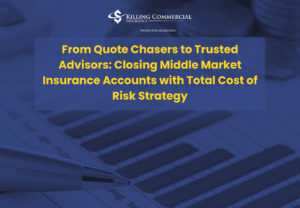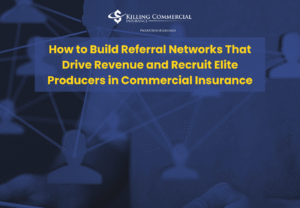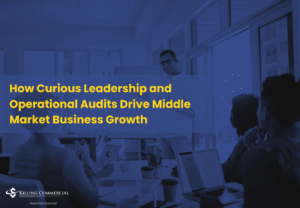
Turning Risk Into Opportunity: How Property Survivability Data is Transforming the Insurance Landscape – A Conversation with Valkyrie Holmes
Too many agents stop learning once they’ve earned their license. The bare minimum—meeting continuing education requirements—is not enough in today’s climate. Producers often resort to online forums, asking where they can complete CE hours “as quickly as possible.” This mindset directly impacts their ability to communicate complex subjects like reinsurance or risk modeling to clients in an understandable way. As a result, they struggle to retain accounts and close new business in an increasingly competitive market.







Responses